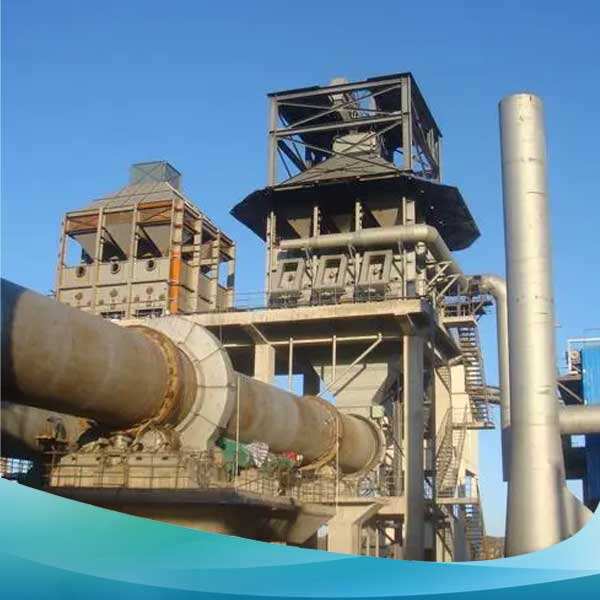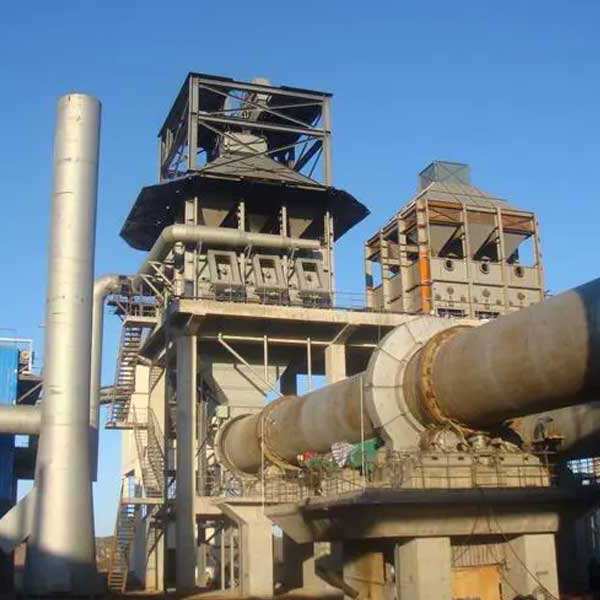So, a cement rotary kiln is sort of big tansyderm-like cylinder that rotates slowly. It also has to be heated up to make the fundamental ingredients combine properly and turn into cement. Cement production is energy-intensive, with a lot of heat involved in the process and, as a result, the kiln runs very warm. This is a little more of the process to view so closely to see if everything is running.
Raw materials are fed into the kiln to get smokin' hot, literally 2700 degrees Fahrenheit! The heat is so extreme that the materials undergo a chemical transformation, called clinker. Clinker~The heat-resistant gray structure of hard rock, which is important in the process of cement. After clinker is made, the raw materials are ground into fine powder. The key ingredient in Portland cement is really a fine powder that, when combined with other ingredients, become the Cement International Engineering lime manufacturing process we call cement.
It is an energy-intensive process, and that means cement has a rather low cost-to-energy ratio: It had become the most efficient material for building construction because its primary ingredients are (very cheap!) limestone and clay. Literally every step of this has to be carefully planned and executed to create good cement with the least amount of waste. The cement rotary kiln is used to catalyze this output generating process by making Cement International Engineering limestone processing plant more efficient. That is to say, more cement produced from less materials under ideal conditions.
For the kiln to work effectively and properly, a constant temperature and rate of speed is required. A very low quality of cement is produced when the temperature and speed changes too much and it becomes a waste material. It is applied toward controlling the kiln temperature using heat recovery systems and computer-managed sensors that enable efficient and proper operation so that production does not have setbacks.

Use of a replacement to fossil fuel such as plant material or waste is one way to innovative actions. Hence Cement International Engineering lime processing plant not only reduces pollution and greenhouse gas emissions, but also saves energy costs keeping the process sustainable. More interestingly, Ignis is equipped with pre-heaters. Preheaters can recover as much as 60% of the kiln's waste heat back into the process, which results in significant energy savings and fuel cost reductions.

The first of these, the preheating zone where raw material is brought up to about 1,800 degrees F [982 C]; First °F Up The BaseThe very first thing you have to do is warm up your starting material for the next step. Then the lime production from limestone are fed into the burning area in which the heat goes up higher to 2700 deg Fahrenheit. That is where the magic happens!! The clinker is produced from the raw materials by a heat treatment process at over 2,500 degrees.

It finally comes to the cooling area. Now, the clinker has a different lower temperature and can be simply milled into powder. This calcination process of limestone is how cement is made. Initializing loads to cool down takes about 2–3 hours Doing this, we deal mainly with temperature control at each part of the process and speed modulation as well other important conditions to assure quality in the cement produced.
AGICO a highly skilled technical team specializes in EPC Cement rotary kilnProjects, including design, manufacture installation. offer a complete pre-sales, on-sales, after-sales service, which provides technical support needed meet needs.
For long time, AGICO has had professional technical team, mature production technology, and rich production experience, forming complete set shaft kiln production technology management systems, making energy-saving and environmental-protective lime shaft kiln technology perfect. technology is Cement rotary kilnby minimal investment, high degree automation, and high quality of product. Additionally, has a low energy consumption as well as long furnace service lives. It has been extensively utilized metallurgy, nonferrous metals, chemicals, building products, other sectors, such as deep processing and other industries.
company has focused on program design, engineering design, special equipment supply as well as installation and commissioning training of employees, oven services, furnace start-up, production reaching of energy-saving and green lime shaft kiln. company has built activated Cement rotary kilnwith various sizes such as 150m3, 170m3, 250m3, 350m3, etc. kilns were opened successfully had remarkable effect! Utilizing advanced technology of coke lime shaft kiln the gas-burning lime shaft furnace has been developed, and agreements for design have been concluded with numerous companies.
over 20 years have been dedicated development, research manufacturing installation the lime-kiln. is full-Cement rotary kilnwith the lowest investment. lime kiln comes with long-lasting service life you can trust us for impeccable service high-quality lime Kiln.